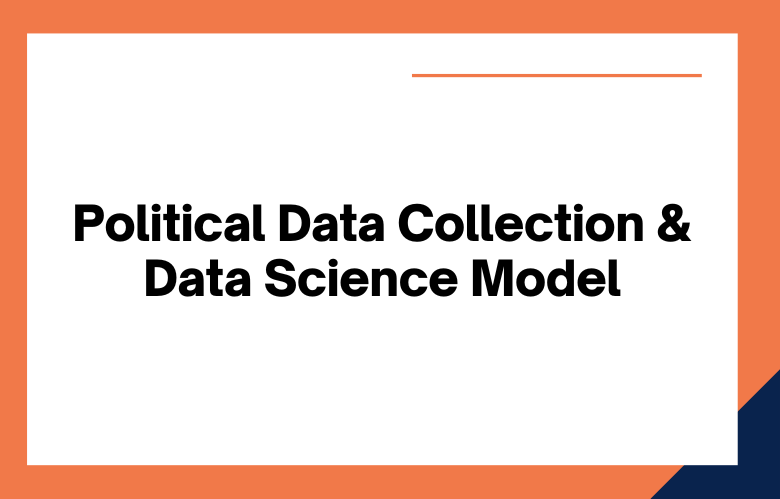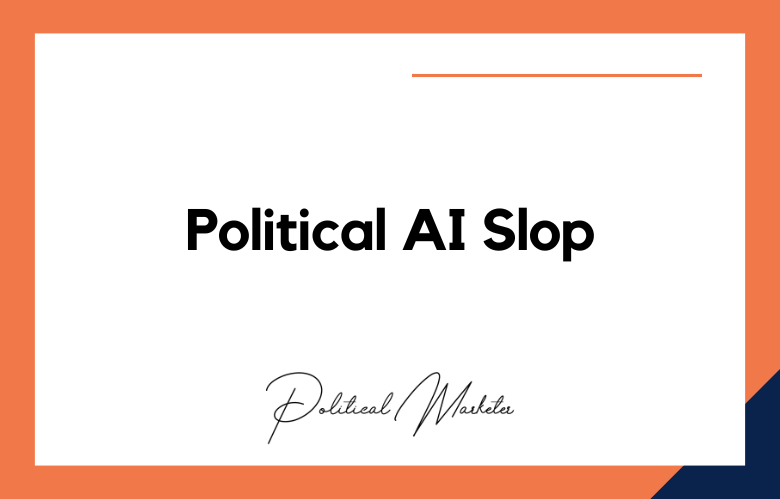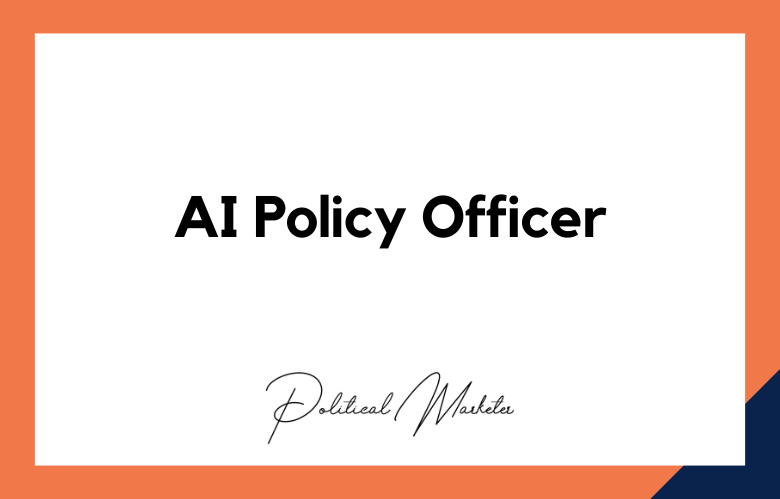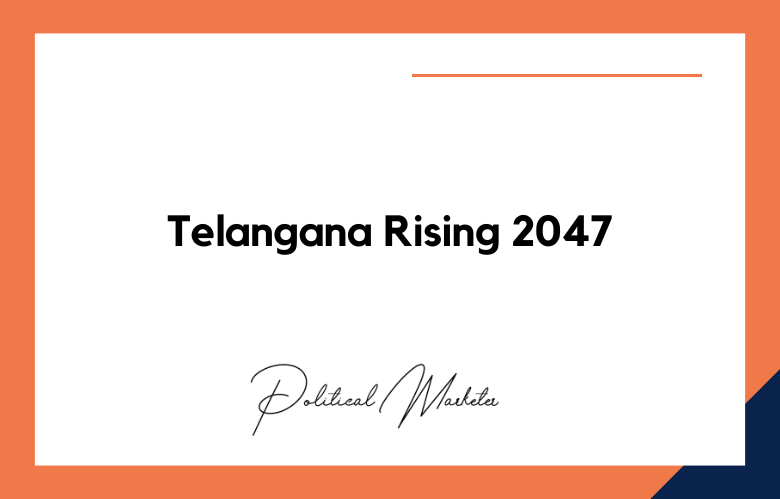In recent years, political campaigns have become increasingly data-driven, and the data science model has emerged as one of the most powerful tools for making decisions.
We’ll explore strategies for collecting political data, building data models, and deploying them to maximize your campaign’s impact.
Unlocking the Power of Political Data with Data Science Model Deployment
Data Collection
The first step in any successful political campaign is collecting accurate and timely data about your target audience. It can include demographic information such as age, gender, ethnicity, location, income level, education level, and party affiliation.
It can also include information related to voter sentiment, such as issues they care about most or who they view favorably or unfavorably among their peers.
Data Analysis
Once you have collected the necessary data points for your campaign, it’s time to analyze them to gain insights into how best to reach your target audience. This analysis can involve using predictive analytics tools or natural language processing algorithms to identify trends or highlight areas where your campaign should focus its efforts.
It can also involve leveraging machine learning algorithms such as clustering or classification models to understand better your target audiences’ behavior and how best to engage them with a tailored message that resonates with them.
Model Deployment
Once you have analyzed your data and identified potential areas of opportunity for your campaign, it’s time for model deployment. It involves leveraging pre-trained machine learning models (such as deep learning networks) that can be applied directly to your existing datasets to generate predictions or recommendations for how best to reach and engage with your target audiences.
The benefits of Model Deployment include the following:
- Faster time-to-market since the models do not need to be trained from scratch.
- Increased accuracy because they are already trained on large datasets.
- Reduced costs since you don’t have to pay for training time or personnel.
Data Collection & Preprocessing
The first step is collecting the right kind of relevant data targeted toward your specific political campaign. This could include demographic information like age, gender, income level, geographic location, and more—all of which can help you better understand the target audience you are trying to reach.
It could also include polling data from surveys, focus groups, or web analytics from a campaign website. Once collected, it’s essential to preprocess this data to prepare it for analysis in a format that helps design models.
Data Modeling & Visualization
Once the data has been preprocessed, it’s time to build models using machine learning algorithms such as linear regression or decision trees. These models can then be used to analyze voter behavior and predict trends in voting patterns based on certain factors, such as demographics or past election results.
Visualizing these predictions in an interactive dashboard or graph can help make sense of all this data in an easy-to-understand way, allowing decisions to be made quickly and effectively based on the results of these models.
Deployment & Optimization
Once a model has been designed, it’s essential to deploy it into production so that campaign team members can use it in their day-to-day operations, such as making decisions about tactics and strategies for their political campaigns.
The model should also be optimized over time to make predictions as accurate as possible. This means running experiments with different parameters and input variables until the best possible outcome is achieved.
Data-Driven Political Campaign Strategies for Success
As elections become more competitive, political campaigns use data-driven strategies to gain an edge.
It involves collecting and analyzing political data from surveys, voter registration records, and public opinion polls.
This data can then be used to create predictive models that inform a campaign’s strategy.
We will discuss strategies for collecting political data and deploying models to maximize success in election campaigns.
Data Collection Strategies
Collecting relevant political data is the first step in creating a successful data-driven strategy.
It includes voter registration information, demographics, survey responses, fundraising efforts, and public opinion polls.
All this information should be collected and stored electronically to be easily analyzed using a predictive analytics model.
Campaigns should consider collecting data from online sources, such as social media platforms, to better understand the local electorate’s preferences and opinions.
The first step in harnessing the power of data science is collecting quality political data.
This can be done through surveys, focus groups, polls, or any other method of obtaining information about voters and their views.
Gathering as much information as possible is essential to creating accurate models and making informed decisions.
Once you have collected your data, it’s time to start building models to help you understand what messages resonate with voters and how best to reach them.
Several approaches to creating predictive models exist, such as neural networks, decision trees, or random forests.
Depending on your goals, specific techniques may be better suited than others. For example, a decision tree might be more appropriate than a neural network if you are trying to predict voter turnout.
Data Science Model Deployment
Once all of the relevant political data has been collected, the next step is to deploy a predictive analytics model that can use this data to generate insights about the electorate and inform campaign strategy decisions.
For example, the model could identify voter groups more likely to support a particular candidate or issue based on their demographic characteristics or past voting behavior.
The model can analyze fundraising performance or identify potential voters who may be swayed by specific messages or policies.
Campaigns can then use the insights generated by these models to optimize their outreach efforts and target key voter groups with tailored messaging.
This approach allows campaigns to make informed decisions quickly while ensuring they get the most bang for their buck regarding resources like time and money.
It also allows them to measure success more effectively than ever since they can access real-time metrics that track how well their strategies perform compared to their opponents.
Once you have built a model that accurately predicts voter behavior and preferences, it’s time to deploy it to maximize its impact on your campaign. One way to do this is using targeted advertisements on social media platforms such as Facebook or Twitter.
By targeting specific users based on their predicted behavior or preferences, you can ensure that your message resonates with the right people at the right time. Additionally, real-time analytics, such as Google Analytics, can help provide insight into how your messages perform to refine your approach over time.
Another option is to use machine learning algorithms such as recommendation systems or clustering algorithms to segment potential voters into distinct groups based on their shared characteristics and then target them accordingly with tailored messages and content.
Deploying predictive models on website analytics like A/B testing can also help optimize user experiences for increased engagement with visitors who share similar characteristics to those identified by predictive models deployed earlier.
Conclusion
Data science is an integral part of modern political campaigns because it provides invaluable insights into voter preferences and behaviors. These insights can then be used to refine messaging strategies for maximum impact.
Collecting quality political data is essential for building accurate models, and deploying them strategically is critical for leveraging those insights into actionable results within campaigns.
With careful planning and thoughtful execution of these strategies, campaigns will benefit from a deeper understanding of voters, which leads to more successful outcomes at the ballot box!
Political data collection and deployment is a challenging task. Success requires a lot of planning, research, and hard work.
However, the benefits of successful data-driven strategies can often outweigh the initial challenge of creating the models.
Access to experienced professionals in the field is essential for ensuring the successful execution of such strategies.
Professional political campaign consulting services ensure that data-driven models, from collection through deployment, successfully advocate for your cause.
Therefore, seek experienced professionals to help optimize your political data collection efforts and ensure model deployments are tuned for maximum accuracy. With their help and expertise, you are well on your way toward creating successful campaigns with clear ROI.
Call: +91 9848321284
Email: [email protected]











